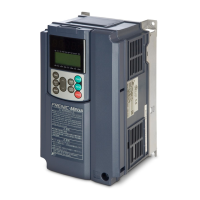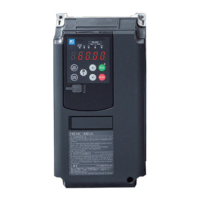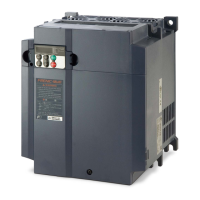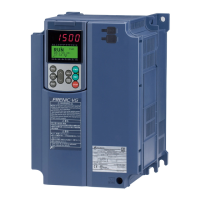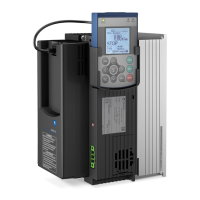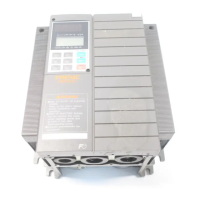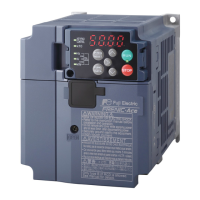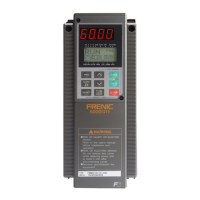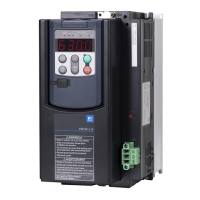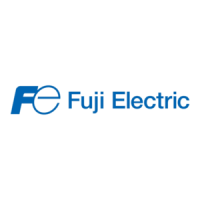11.2 Selecting Wires and Crimp Terminals
11-2
11.2 Selecting Wires and Crimp Terminals
This section contains information needed to select wires for connecting the inverter to commercial power
lines, motor or any of the optional/peripheral equipment. The level of electric noise issued from the inverter
or received by the inverter from external sources may vary depending upon wiring and routing. To solve
such wiring and noise-related problems, refer to Appendix A "Advantageous Use of Inverters (Notes on
Electrical Noise)" or "Technical Design Document of Inverter Panel."
Select wires that satisfy the following requirements:
• Sufficient capacity to flow the rated average current (allowable current capacity).
• Protective coordination with an MCCB or RCD/ELCB with overcurrent protection in the
overcurrent zone.
• Voltage loss due to the wiring length is within the allowable range.
• Suitable for the form and size of terminals of the optional equipment to be used.
Recommended wires are listed below.Use these wires unless otherwise specified.
600 V class of vinyl-insulated wires (IV wires)
Use this class of wire for the power circuits except for the control circuit of the inverter. This class of wire
is hard to twist, so using it for the control signal circuits is not recommended. Maximum allowable
surrounding temperature for this wire is 60°C.
600 V grade heat-resistant PVC insulated wires or 600 V polyethylene insulated wires (HIV wires)
As wires in this class are smaller in diameter and more flexible than IV wires and can be used at a higher
surrounding temperature (75°C), they can be used for both of the main power and control signal circuits of
the inverter. However to use this class of wire for the control circuits of the inverter, you need to correctly
twist the wires and keep the wiring length for equipment being connected as short as possible.
600 V cross-linked polyethylene-insulated wires (FSLC wires)
Use this class of wire mainly for power and grounding circuits. These wires are smaller in diameter and
more flexible than those of the IV and HIV classes of wires, meaning that these wires can be used to save
on space and increase operation efficiency of your power system, even in high temperature environments.
The maximum allowable surrounding temperature for this class of wires is 90°C. The (Boardlex) wire
range available from Furukawa Electric Co., Ltd. satisfies these requirements.
Shielded-Twisted cables for internal wiring of electronic/electric equipment
Use this category of cables for the control circuits of the inverter so as to prevent the signal lines from
being affected by radiation noise and induction noise from external sources. Even if the signal lines are
inside the power control panel, always use this category of cables when the length of wiring is longer than
normal. Cables satisfying these requirements are the Furukawa's BEAMEX S shielded cables of the
XEBV and XEWV ranges.

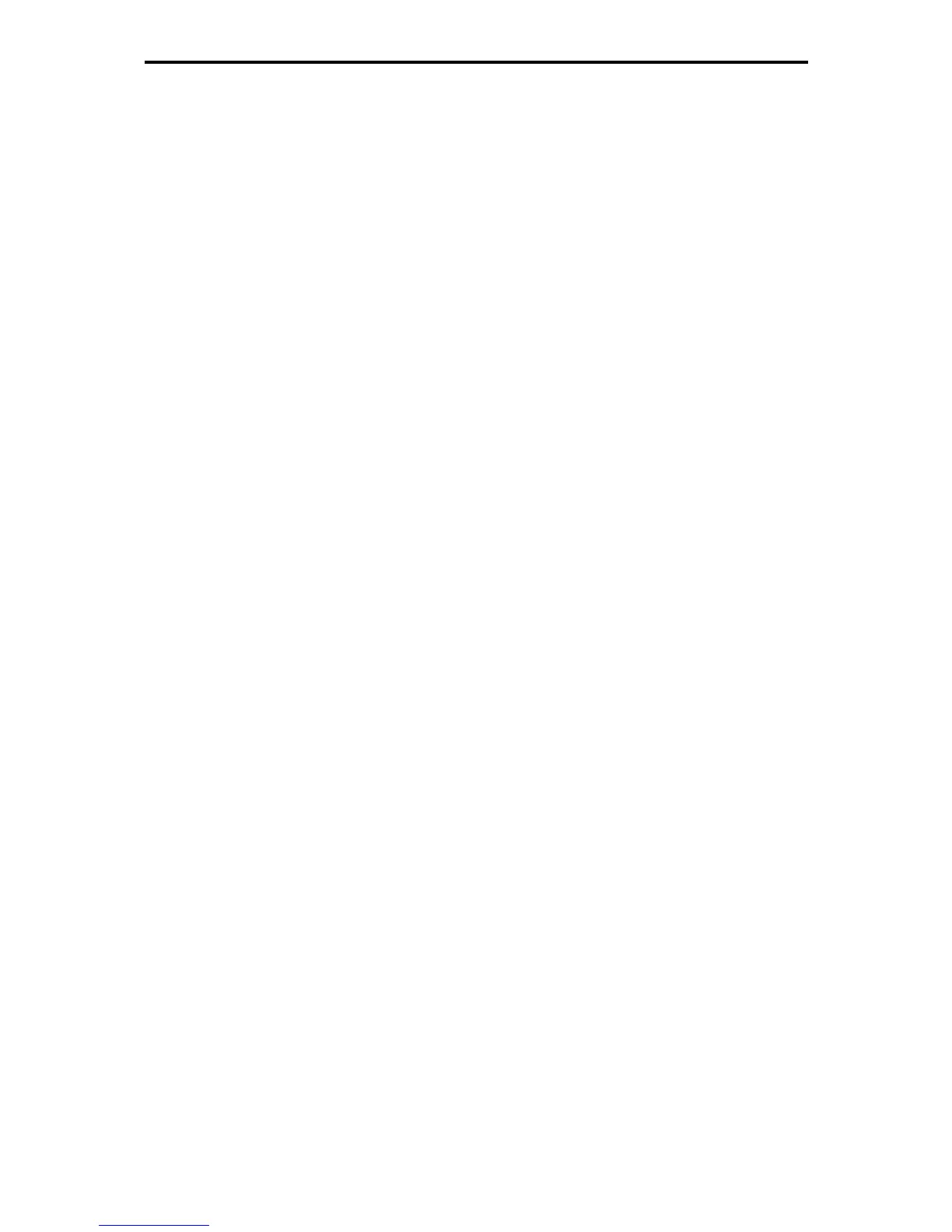